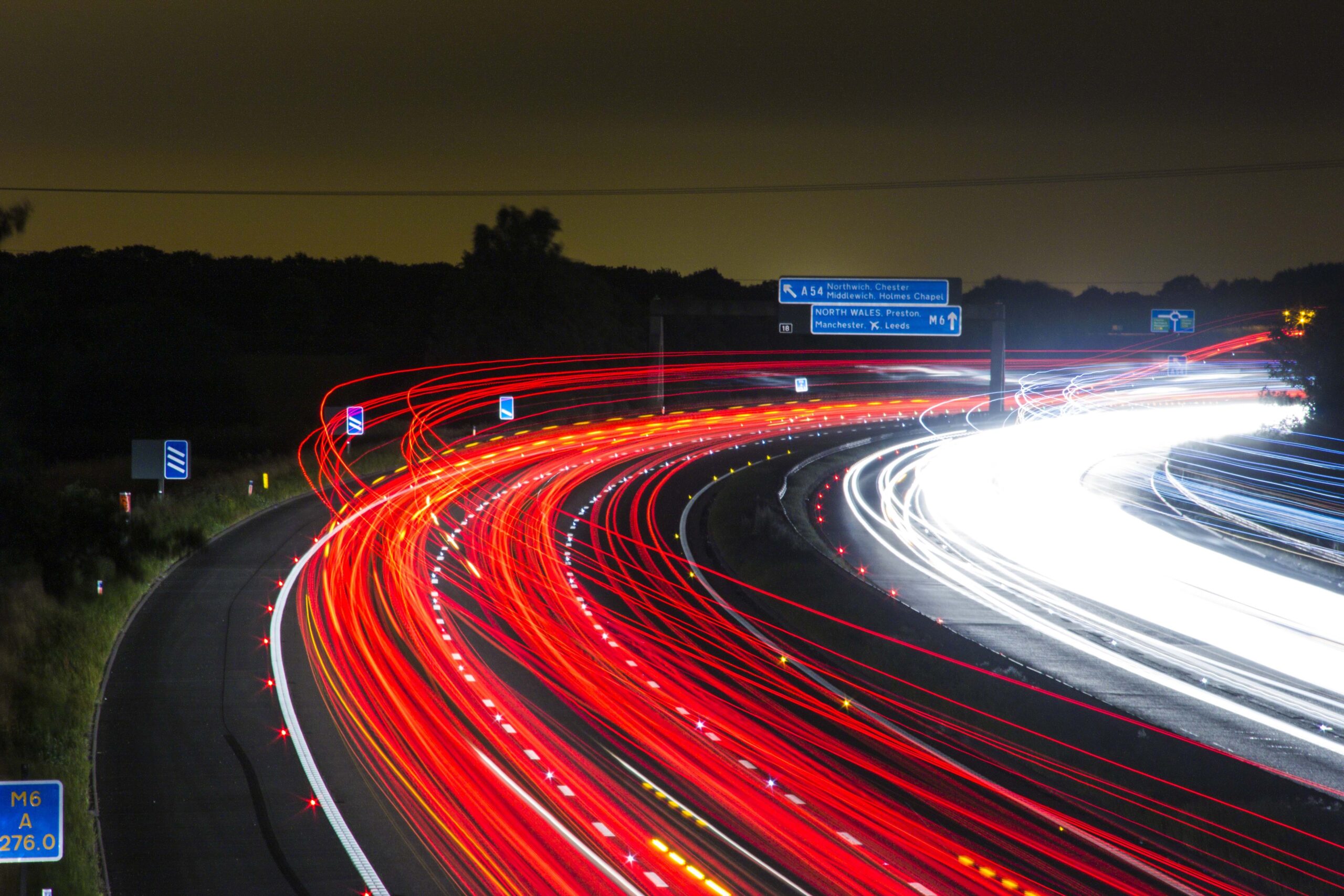The Driver and Vehicle Standards Agency’s digital chief James Munson tells PublicTechnology about the organisation’s investments in people, technology, and a wide range of new services – and why that will not include an online theory test
Credit for all images: DVSA
“The way government thinks about services is changing.”
This was the message from the Government Digital Service back in September, as it previewed a major revamp of its Digital Service Standard. According to GDS, the goal of the new framework – which will be called the Government Service Standard – is to help departments and other agencies create end-to-end service journeys, rather than discrete transactions.
This means conceiving of all stages in a user’s journey as part of the service in question, including both interactive and static pages. This also means mandating government entities to better work together on designing services, thus allowing citizens to interact with government as a single, cohesive entity – rather than a confusing catalogue of initialisms.
We have retrained and repurposed one of our teams that was working on legacy technology. That has been very pleasing to see
Creating more and more end-to-end user journeys looks set to be a major focus for digital teams across the civil service in the coming months, with GDS having identified 400 services that it believes are ripe to be redesigned in this way.
This transformation process can be guided and informed by the five end-to-end services that have already been launched. Perhaps the most notable of these is the new ‘Learn to drive a car’ service.
 The site (pictured left, in use on a smartphone) gathers in one place all the content needed to guide users through the entire process – from checking their legal eligibility to drive, right through to what steps to take once they have passed their practical test. Two separate agencies – the Driver and Vehicle Standards Agency, and the Driver and Vehicle Licensing Agency – worked together on the redesign.
The site (pictured left, in use on a smartphone) gathers in one place all the content needed to guide users through the entire process – from checking their legal eligibility to drive, right through to what steps to take once they have passed their practical test. Two separate agencies – the Driver and Vehicle Standards Agency, and the Driver and Vehicle Licensing Agency – worked together on the redesign.
“If you are taking a driving test, or learning to drive, you do not need to be aware if it is DVLA or DVSA – or some other part of government,” the DVSA’s director of digital services James Munson tells PublicTechnology. “We worked with the DVLA to bring those things together, and help people access things.”
He adds: “We are keen to work with GDS to build more joined-up services, with a joined-up approach.”
The DVSA recently published a three-year digital, data, and technology strategy, which laid out the agency’s plans to “provide modern, efficient and sustainable technology to support a mobile workforce and build brilliant digital services for users”.
The newly published plan is just the latest step in a process that has been in train for some time.
“I have been at the agency for about three years,” Munson says. “Back then we were already on the journey to move away from those large outsourced contracts that were prevalent, and think about how we [could take control of] our own technology and digital services – and we have continued that journey.”
Online platforms for checking a vehicle’s current MOT status and its history were among the first digital services launched by the department. These have served as lighthouse projects, according to Munson
“They enabled us to think about how we transform services, and we are now moving in the same direction for our other services,” Munson says. “Sometimes it is agile, sometimes waterfall is appropriate – sometimes it is a blend of the two. We are adding more programming capability, and building change networks across our organisation.”
The recently published digital strategy has three core objectives: transformation; enablement; and delivery.
The first of these “is about creating and running more great digital services for drivers, vehicles, and enforcement”. The online MOT checkers and the end-to-end learn-to-drive site are a sign of things to come.
Other services planned for the coming months are a digital service for setting up an MOT garage, and an online platform for recording the results of the MOT-equivalent annual tests required for buses, lorries, and coaches.
The DVSA’s Digital, Data, and Technology Principles
1. Ensure business ownership
2. Start with user needs
3. Focus on reuse
4. Maximise data assets
5. Keep it simple
6. Build for mobile
7. Make things open
8. Pursue cost-efficiency
9. Keep it secure
10. Minimise technical debt
Munson says that he wants to maintain a roster of enough in-house coding talent to support a “continuous improvement programme”. But the agency is also willing to bring in outside expertise for big one-off projects – such as the work to develop an MOT reminder service, which launched in November.
“Where I really wanted to get to was to at least be able to do the continuous improvement work ourselves. But if we had a large project piece of work, we would maybe bring in external resources,” he says. “We have added in headcount… [and] we have also retrained and repurposed one of our teams that was working on legacy technology.”
He adds: “It is very pleasing to see how we can bring people from legacy technology, and we are looking to build that team more. If we can see the pipeline of work, it is definitely cost-effective to use your own teams and headcount. But there are other things that come and go, like project work, where we might not need the headcount all the time.”
Internal transformation
It is not just citizens who will benefit from the digital-transformation drive, Munson says.
A digital service allowing examiners to use iPads to mark driving tests on an iPad is in the works. This will replace the existing pen-and-paper process, in which completed DL25 forms have to be scanned and sent to the DVLA – a procedure that is “quite error-prone”, according to Munson.
If you are taking a driving test, or learning to drive, you do not need to be aware if it is DVLA or DVSA – or some other part of government
Examiners will be equipped with tablets over the next couple of months and the service – the design process for which is currently in alpha phase – is scheduled to go live later in 2018.
Meanwhile, as part of the digital strategy’s enablement agenda, the DVSA’s enforcement staff have been kitted out with mobile devices and an app – built by the repurposed legacy-technology team – that allows officers to instantly access information on lorries and other vehicles that they stop and inspect.
“We have provided smartphones to enforcement officers, and we have built an app – internally, using our own staff,” Munson says. “The app enables officers to take a photo of the registration of a bus or HGV, and then brings up information straight up onto that device.”
Works in theory?
One major service that is unlikely to go fully digital anytime soon is the driving theory test. Although Munson says that the DVSA is examining how the service might develop in the coming months and years.
“The theory test is an outsourced service and, if you want to take the theory exam, you go to an exam centre and take the test. We are currently looking at the future of that, and we are exploring where technology is going, and what it means,” he says. “We are thinking about whether you would, eventually, be able to do a test in an uncontrolled environment. We do not think the technology is there yet for such a high-stakes test.
Munson adds: “I have done some exams remotely with a camera monitoring you, and we have been looking into whether the technology is there to support the theory test [being conducted in a similar way]. We do not see it being there for a number of years, but we are going to keep an eye on things like AI cameras that can track your eyes.”
He adds: “We did the first release of that in October, we are doing another release shortly – that release will link to DVLA data. We are building that in an agile, iterative way and we are enabling staff to do what they need to do. Officers can now make a decision more quickly as to whether a vehicle should be on the road.”
The final strand of the strategy, which focuses on delivery, is dedicated to creating “end-to-end services backed up by plans, principles and the right technology”.

In addition to arming its own field-based workforce with mobile devices, the DVSA is also promoting the use of new software tools and online platforms – including Microsoft’s Office 365 suite and Yammer social-networking platform.
“Yammer is used here for a variety of purposes,” Munson says. “The team that has been working on the replacement of the DL25 driving test form has been sharing prototypes through Yammer. And the equivalent of MOTs for commercial vehicles – which we are looking to move into a mobile platform – the prototypes of that have also been shared on Yammer.”
The ultimate aim of the delivery phase is, the strategy says, to help citizens “stay safe on Britain’s roads”.
Munson (pictured left) adds: “We want to make sure we can drive the technology platforms on – for the benefit of the business, and the wider country.”



